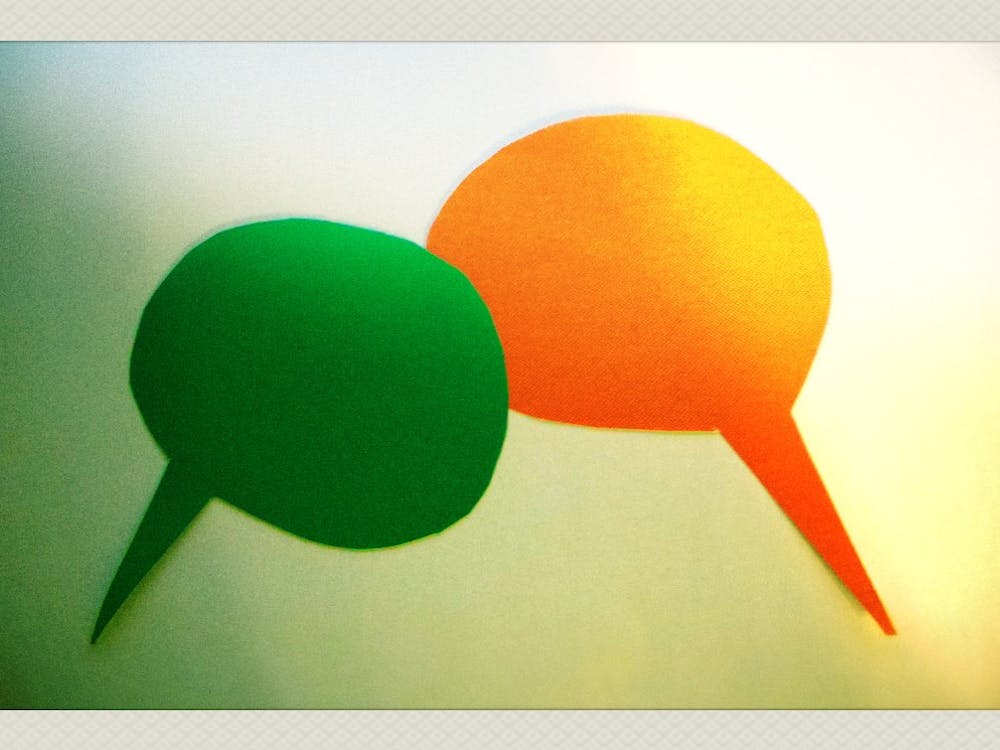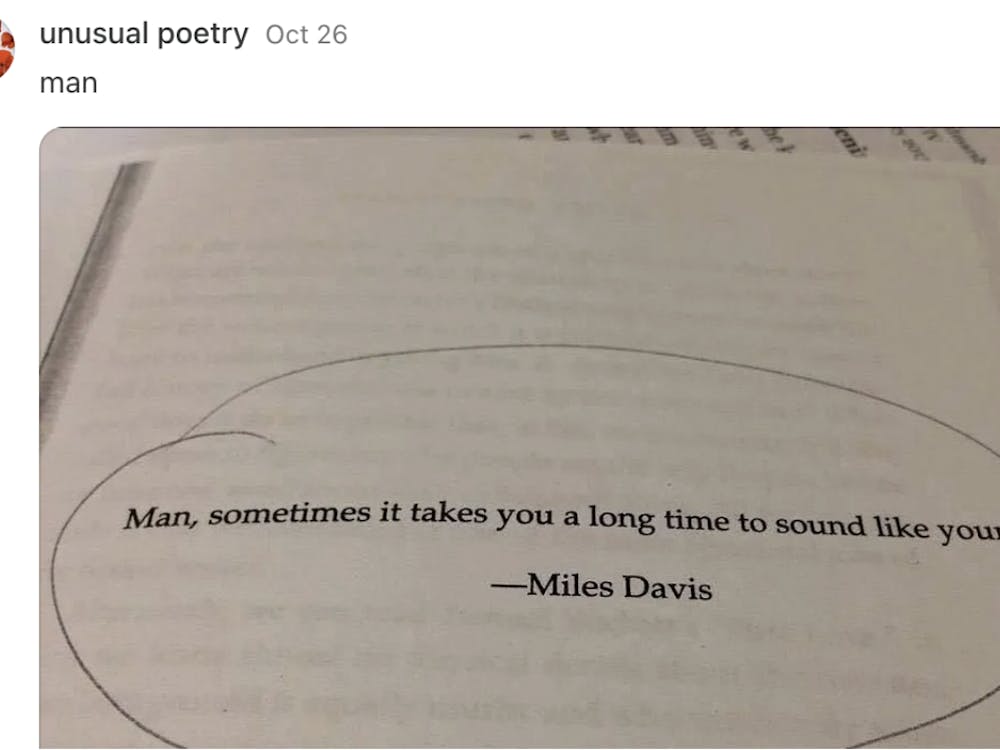An affinity for astrology, a disinterest or shortcoming in math, a love for plants, an excellent sense of style, a tendency to walk quickly, a toxic obsession with an ex. These characteristics only skim the surface of LGBTQ+ stereotypes and their inherent magnitude, which have more breadth and depth than is casually perceived.
Casually thrown into conversation, LGBTQ+ microaggressions, whether intentional or unintentional, communicate negative assumptions about others. Stereotyping serves as a catalyst for labeling people and confining them to a box. Instead of allowing people to appreciate the nuances of identity and embrace individuality, stereotyping enables prejudice, judgement and bias to spread quickly through social circles.
There is a toxic culture of stereotyping pervading our campus and our community. Variations on “As a queer woman, I have to have some appreciation for astrology,” to “I have to cuff my jeans so people know I’m bisexual” can be overheard in conversation. Though these comments can be humorous, there is a lot more to these jesting remarks than what is explicitly stated.
All stereotypes can be unconsciously harmful to the speaker, intended audiences and incidental audiences. While the speaker may know the implications of the stereotype in action, an incidental audience member may not, and this can alter their perception of themselves and their peers.
Not only do others stereotype us, but sometimes we also conform to these stereotypes in order to achieve a certain level of recognition for who we are. After all, it can be challenging to be your authentic self in our society. Besides societal norms and expectations, our generation faces the complex pressures of social media. As such, it is important to understand the difference between presentation and identity.
The challenges that arise from the intersection of presentation and identity are especially prevalent for those within the LGBTQ+ community, since identity is not something easily recognizable by an individual’s appearance.
Everyone wants to be validated and accepted for who they are. For the LGBTQ+ community, it can often feel that one has to perform or present themselves in a certain way to receive that recognition. I believe, however, that everyone should be accepted for who they are and should not be pressured to dress a certain way, act a certain way or say certain things to feel comfortable with their identity. Moreover, if you yourself are comfortable and content with your own identity, it shouldn’t matter what other people think of you. How you present yourself should be an expression of your own beliefs and self-identity and not a compromise to attend to a certain image of a specific identity.
How people perceive you does not change who you are, and how people respond to you is out of your control.
On social media, profiles can be crafted in such a way as to present polished caricatures of individuals’ lives based on a handful of edited posts. These seemingly “perfect” representations prod our instinct to compare our lives with others, to see what they have and what we do not. In many ways, media have diverged from being an educational platform to being a competition.
Stereotypes often appear as overgeneralizations about individuals or groups which stem from common social experiences, and social media is a common mechanism for sharing these experiences. Social media can generate pressure for individuals to present themselves differently in order to feel recognized and accepted on another platform. The intricate subtleties of identity and psychology intertwined with social media can negatively impact self-image and self-value.
If you are not part of specific communities or minority groups, it can be difficult to understand others’ beliefs and ideas. The lack of experience and exposure can lead to a decrease in social tolerance of differences and an increase in the reliance on easily accessible and deeply ingrained preexisting ideas like stereotypes. Thus, representation in pop culture and in the media is incredibly important — it’s how many people learn about different ideas, beliefs and identities.
Social media platforms have their silver linings, though, because varying forms of media provide people with access to an array of cultural, individual and informative experiences that they would not have interacted with otherwise. Furthermore, not only do various forms of media serve as sources of information, but they can also be designed to promote safe spaces for underrepresented communities that may have limited access to support.
The creation of safe spaces for marginalized individuals and/or groups such as the LGBTQ+ community is crucial to finding acceptance and respect, especially when assumptions and judgements flow freely inside and around these spaces, threatening their integrity.
Representation and understanding are not just about raising awareness of these stereotypes, being a good ally or reaching out to your friends in the LGBTQ+ community. It’s about listening, being nonjudgmental and creating a compassionate and supportive world that people want to be in.
Ace Van Atta is a sophomore from Montclair, N.J. studying Cognitive Science and Psychology. They write for the Opinions and SciTech sections of The News Letter.




